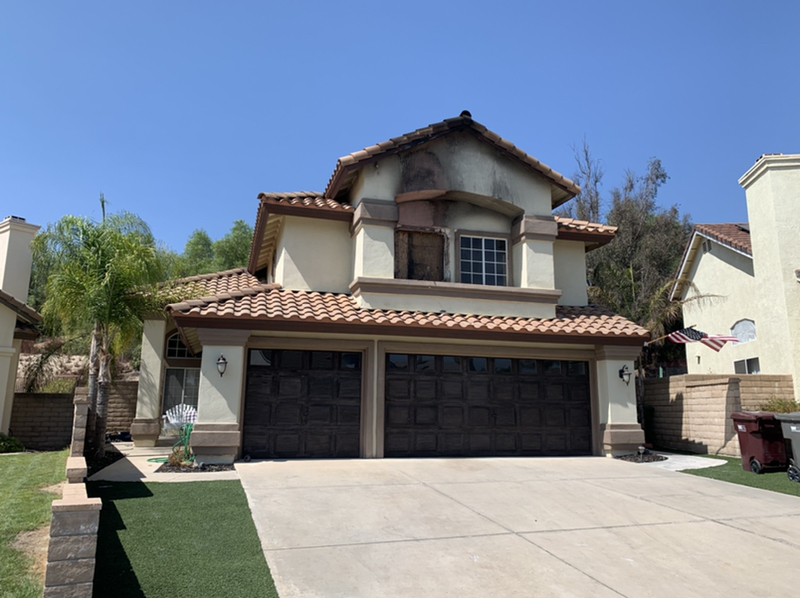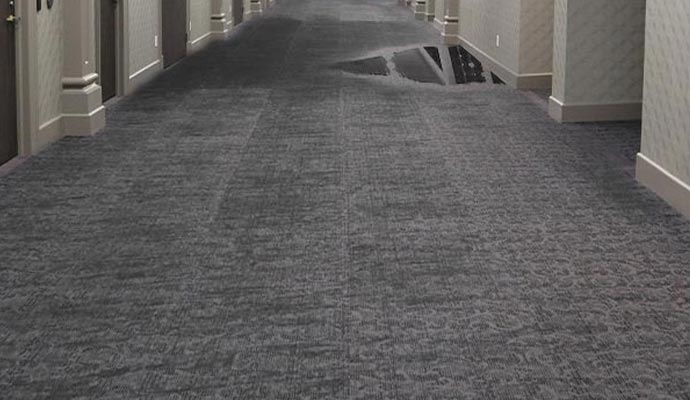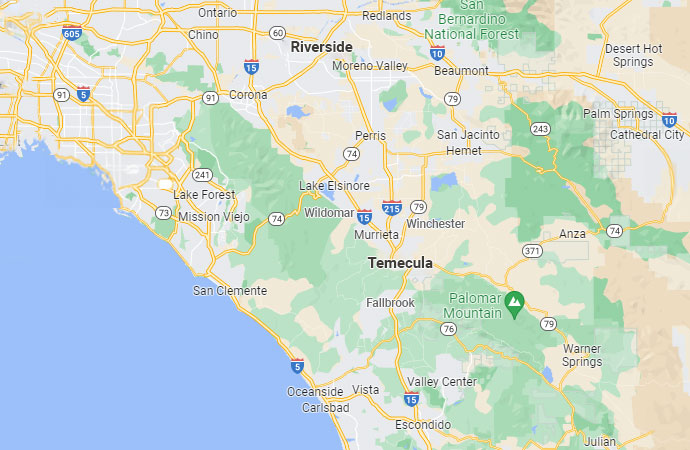Everything You Should Know About Fire Restoration
What is the process of Fire Restoration
Understanding the process of fire restoration requires the need to understand the process of a fire itself. Obviously, as human beings we clearly know what fire is. We’re not cavemen afterall. However, to truly understand the what’s and how’s of a fire is crucial in understanding what the restoration process involves.

Simply put, a fire is just a chemical reaction. A big one but a reaction nonetheless. High five to our chemists out there - this one’s for you. *wink wink. You've got your air which provides fuel and oxygen for our fire, and your starter or ignition (liftoff point.) Now you've created your combustion product of which we add our heat energy or your result. Now your heat energy is bigger and badder than your ignition so now the heat energy is the life of the party and takes over and the fire is a hot one with fuel and energy to spare. Now we understand fire whether you wanted to or not.
Now that we grasp the concept of how a fire works we can begin to understand the process of restoration. In other words, knowing how your enemy works makes it easier to combat and/or deal with the fall out of said enemy’s actions. So, once the primary safety issues are addressed the restoration process then mainly targets the particles that are left behind from the fire. Matter like ash, soot, char on the walls and ceilings and basically any element that is left after the fire has been extinguished. Appropriate and effective restoration techniques must employ understanding of the behavior of the flames and smoke of the fire and how that behavior ultimately impacts the structure and its contents. An absolute necessity for the long term health and safety implications of the structure and the people that inhabit the space. Simply put, fire restoration is far more than “clean up and fresh paint.”
In some cases and smaller in nature a “clean up” may be all that is required. The vast majority however will require a far more comprehensive process dealing with toxic residual and extensive overhaul of a building. Thus it’s clearly not a process to be taken lightly as certainly anyone that has endured said process will tell you. Reputable and qualified specialists are required for assessment and execution of the restoration process. Knowing who to contact and when is crucial in the restoration process. Afterall, now that you know the who, what and why of that fire now you know what is required to process it when it comes together.



















